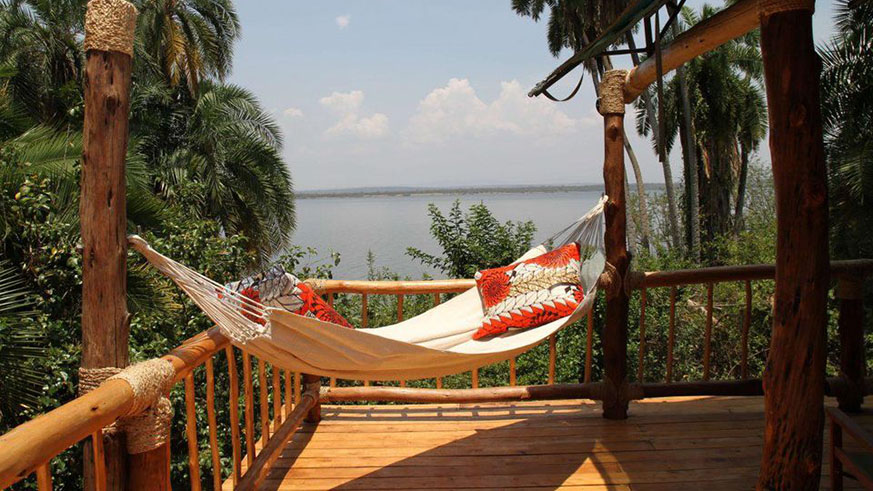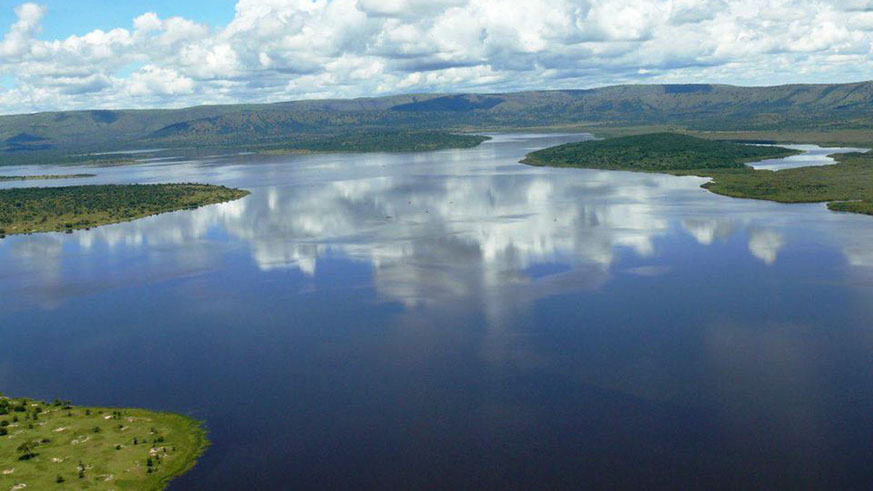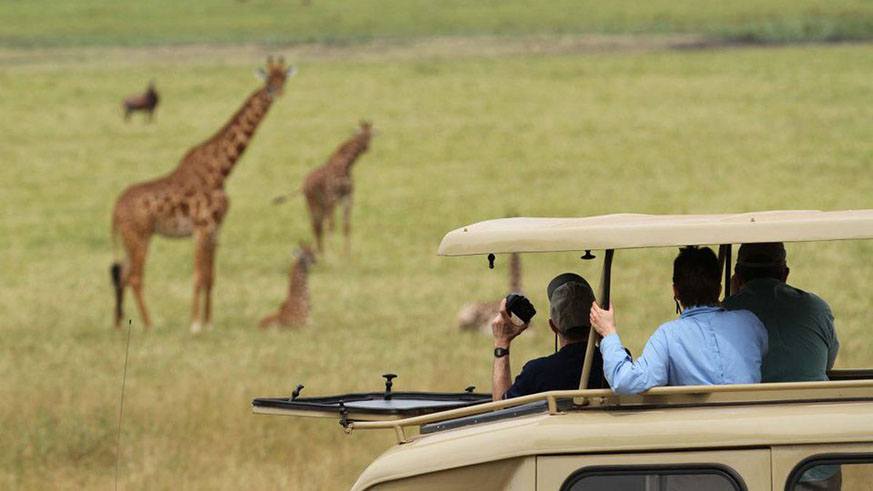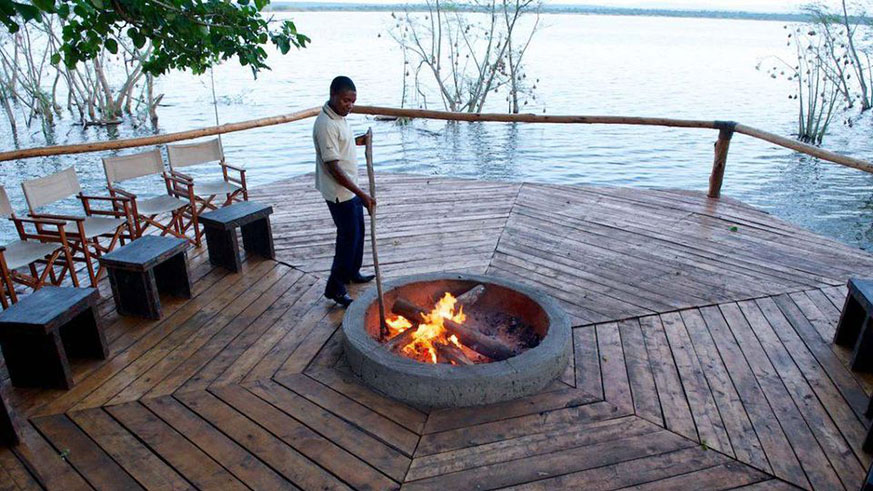
Ruzizi Tented Lodge. Net photo

Akagera National Park. Net photo.

Akagera National Park. Net photo.

Ruzizi Tented Lodge (2). Net photo.
